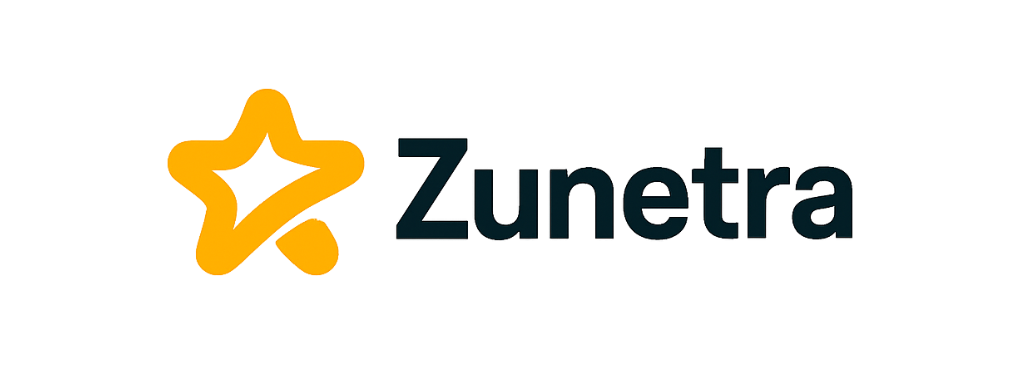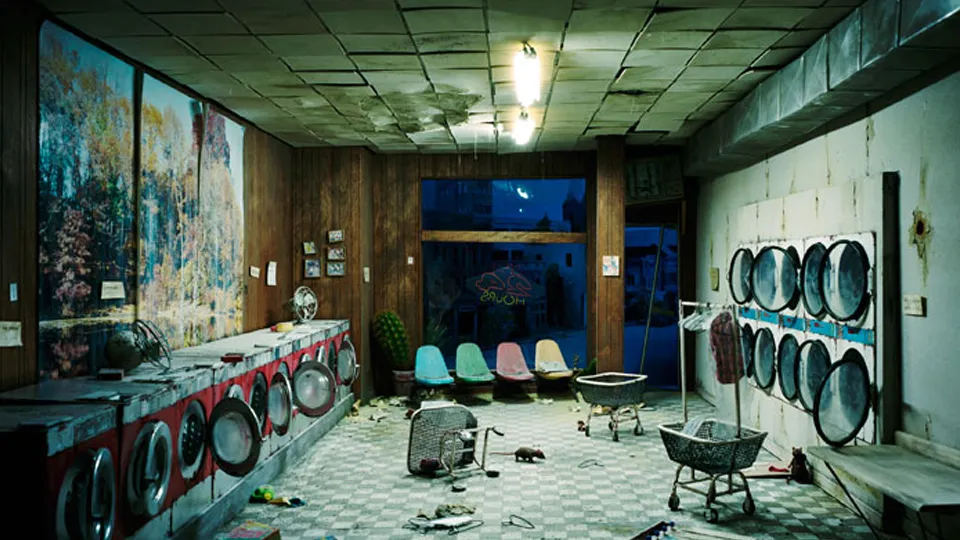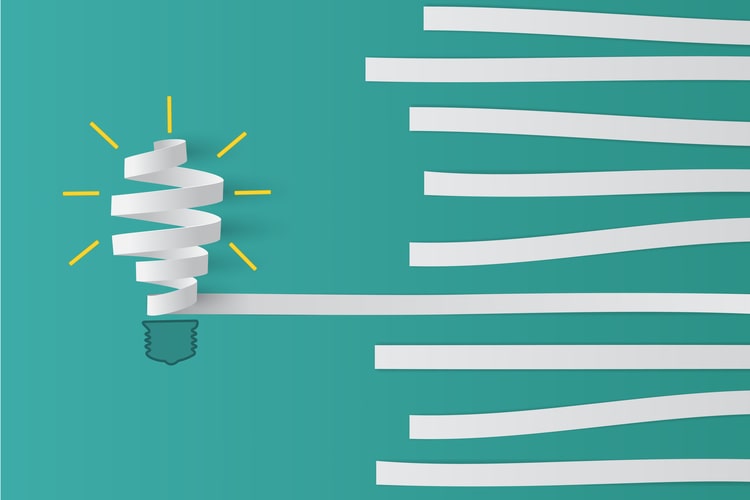Art has always served as society’s mirror and conscience, revealing truths about power, observation, and the systems that shape our daily lives.
From ancient civilizations to our contemporary digital age, the concept of surveillance has evolved dramatically. What once manifested as guard towers and watchful sentinels has transformed into cameras on every corner, algorithms tracking our movements, and data streams monitoring our preferences. Throughout this evolution, artists have consistently documented, questioned, and challenged these mechanisms of control through their work.
The relationship between art and surveillance is neither simple nor one-dimensional. Artists function simultaneously as observers and the observed, creating works that expose the invisible architectures of power while often becoming subjects of surveillance themselves. This dynamic creates a fascinating dialogue about privacy, authority, and freedom that resonates more powerfully today than perhaps ever before.
👁️ The Historical Gaze: Surveillance in Traditional Art
Long before CCTV cameras and facial recognition software, artists were depicting themes of observation and control. Renaissance paintings often featured all-seeing eyes, representing divine surveillance or the watchful authority of rulers and religious institutions. These artistic choices reflected societies where power structures relied on the visibility of authority and the threat of being watched.
The panopticon, Jeremy Bentham’s 18th-century prison design, became a powerful metaphor that influenced both architectural theory and artistic expression. Michel Foucault later expanded this concept to describe modern society’s systems of surveillance and discipline. Artists quickly recognized the panopticon’s symbolic power, using it to comment on social control mechanisms that extended far beyond prison walls.
Traditional portraiture itself represented a form of surveillance, capturing and preserving the subject’s image for posterity. Royal portraits asserted authority through the monarch’s gaze, while religious art positioned divine eyes watching humanity’s every action. These works normalized the concept that being observed was natural, even desirable, laying psychological groundwork for acceptance of surveillance in modern contexts.
📸 Modern Eyes: Photography and the Documentation Era
The invention of photography revolutionized both surveillance capabilities and artistic practice. Suddenly, moments could be captured with unprecedented accuracy, creating permanent records of people, places, and events. This technological advancement gave authorities new tools for control while simultaneously providing artists with powerful means of documentation and critique.
Street photographers like Henri Cartier-Bresson and Walker Evans operated in moral grey areas, capturing candid moments of unsuspecting subjects. Their work raised questions that remain relevant today: Who has the right to observe and record? What are the ethics of capturing someone without consent? How does being photographed change the subject’s reality?
Documentary photographers exposed surveillance’s darker applications, revealing how governments and institutions used visual documentation to categorize, control, and sometimes oppress populations. From passport photos to mugshots, photography became integral to identification systems that tracked individuals throughout their lives.
🎭 Performance Art Confronts the Watchful State
Performance artists have created some of the most provocative commentaries on surveillance culture. By placing their own bodies under observation, they transform viewers into participants in surveillance systems, forcing uncomfortable recognitions of our roles as watchers and watched.
Marina Abramović’s endurance performances often involved sustained observation, creating intense relationships between artist and audience. Her work “The Artist is Present” reversed typical power dynamics, with the famous artist making herself vulnerable to the public’s unrelenting gaze for hours at a time. This inversion highlighted how surveillance affects both observer and observed psychologically.
Vito Acconci’s “Following Piece” involved the artist randomly selecting strangers and tracking their movements through New York City until they entered private spaces. This performance uncomfortably positioned audiences as accomplices in stalking behavior, raising questions about the normalisation of following and watching in urban environments.
🖼️ Contemporary Artists Mapping Digital Surveillance
Today’s artists work in an environment where surveillance has become nearly inescapable. Digital tracking, data mining, and algorithmic observation create invisible networks of control that contemporary artists strive to make visible and comprehensible.
Trevor Paglen photographs secret military installations and surveillance satellites, making the hidden infrastructure of state surveillance tangible. His images of classified facilities and orbiting spy satellites remind viewers that surveillance systems exist in physical space, requiring material resources and conscious human decisions to build and maintain.
Hito Steyerl’s video installations examine how images themselves function as surveillance tools. Her work explores facial recognition technology, predictive policing, and the weaponization of vision, revealing how contemporary surveillance extends beyond simple observation into realms of prediction and preemptive control.
The artist collective Surveillance Camera Players performed theatrical pieces exclusively for security cameras in public spaces, acknowledging these devices as an unavoidable audience. Their performances transformed surveillance infrastructure into an inadvertent patron of the arts while highlighting the absurdity of constant public monitoring.
💻 Data Visualization as Artistic Resistance
As surveillance has become increasingly abstract and data-driven, artists have embraced data visualization techniques to make invisible information flows comprehensible. These works transform raw data about surveillance practices into aesthetic experiences that communicate the scale and implications of monitoring systems.
James Bridle’s projects visualize drone strikes, surveillance flight patterns, and digital infrastructure. By representing these systems artistically, Bridle helps audiences understand the geometry and logic of contemporary surveillance in ways that statistics alone cannot convey.
Artists working with data visualization face unique challenges. They must balance aesthetic concerns with accuracy, create emotional resonance from abstract information, and make complex technical systems accessible to general audiences without oversimplifying their implications.
🎨 Street Art and Urban Surveillance Culture
Street artists have developed sophisticated responses to surveillance culture, often using the same public spaces that surveillance systems monitor as their canvas. This creates a direct confrontation between unauthorized artistic expression and control systems designed to prevent such activities.
Banksy’s work frequently addresses surveillance themes, with stenciled images of CCTV cameras, police observation, and monitored citizens appearing on walls worldwide. By placing these images in surveilled spaces, Banksy creates recursive loops where surveillance systems monitor art about surveillance.
The semi-anonymous nature of street art itself represents resistance to surveillance culture. Artists who operate without permission must evade observation, creating a cat-and-mouse dynamic that mirrors broader tensions between individual freedom and institutional control.
🔒 Privacy as Material: Artists Exploring Data and Identity
Contemporary artists increasingly treat personal data and privacy as artistic materials, creating works from their own surveillance records or exploring how digital systems construct identity through accumulated information.
Zach Blas creates masks designed to thwart facial recognition systems, producing sculptural objects that are simultaneously protective equipment and artistic statements. These “Facial Weaponization Suits” render wearers unrecognizable to algorithms, asserting the right to move through the world without automatic identification.
Paolo Cirio’s “Street Ghosts” project appropriated images from Google Street View, printing life-sized photographs of people captured by mapping cameras and posting them at the original locations. This intervention highlighted how corporate surveillance creates permanent public records of private individuals without meaningful consent.
🌐 Interactive Art and Participatory Surveillance
Some artists create interactive experiences that position audiences as active participants in surveillance systems, forcing recognition of how casually we accept monitoring in exchange for entertainment or convenience.
Rafael Lozano-Hemmer’s “Under Scan” tracks viewers with surveillance technology, displaying their shadows alongside recorded shadows of previous visitors. This creates a hauntingly beautiful visualization of how surveillance systems accumulate records of everyone who passes through their fields of vision.
Interactive surveillance art reveals uncomfortable truths about consent and participation. When audiences willingly enter spaces where they know they’ll be tracked, monitored, and recorded as part of an artistic experience, it raises questions about similar choices we make daily with technology and services.
📱 Social Media: Self-Surveillance as Art Form
Social media platforms have created unprecedented systems of voluntary self-surveillance, where individuals document and share intimate details of their lives. Artists have responded by examining, exploiting, and critiquing these platforms’ role in normalizing constant observation.
Some artists use Instagram, TikTok, and other platforms as mediums themselves, creating work that exists within and comments upon these surveillance systems. Others expose how these platforms harvest data, manipulate behavior, and transform users into both observers and observed simultaneously.
The influencer phenomenon represents a fascinating evolution where individuals voluntarily place themselves under constant surveillance in exchange for attention and potential economic rewards. This willing participation in observation systems complicates traditional narratives of surveillance as purely oppressive, revealing how monitoring can be seductive and desirable.
🎬 Video Art and the Archive of Observation
Video artists have created powerful works examining surveillance through the medium most associated with monitoring technology. By appropriating surveillance footage or creating simulated monitoring systems, these artists expose the aesthetic and psychological dimensions of constant observation.
Harun Farocki’s “Eye/Machine” series analyzes footage from military cameras, industrial sensors, and automated vision systems. By presenting this material in gallery contexts, Farocki forces viewers to recognize how machine vision differs from human observation and consider implications of automated surveillance systems.
Artists working with security camera footage reveal the strange poetry hidden in surveillance archives. The grainy, monochromatic quality of security footage creates its own aesthetic, while the cameras’ tireless observation captures accidental moments of beauty, banality, and occasional drama.
🏛️ Museums and Galleries as Surveillance Spaces
Art institutions themselves function as surveillance environments, with cameras monitoring valuable collections and tracking visitor movement. Some artists have turned this reality into material for work, exploring how even spaces dedicated to freedom of expression require control systems.
The museum’s security apparatus becomes visible when artists choose to highlight it. By acknowledging guards, cameras, and alarm systems, artists can transform these invisible elements into components of their work, making institutional surveillance part of the aesthetic experience.
🔮 Future Visions: Artificial Intelligence and Predictive Surveillance
As surveillance technology evolves toward predictive systems powered by artificial intelligence, artists are imagining and critiquing futures where observation extends into forecasting and preemptive control. These works explore scenarios where surveillance systems don’t just record what happens but attempt to predict and prevent future actions.
Artists are examining facial recognition technology’s biases, revealing how these systems often fail to accurately identify people with darker skin tones or perpetuate existing prejudices through their training data. These artistic investigations expose technical surveillance systems as anything but neutral or objective.
The development of emotion recognition software has prompted artistic responses exploring how surveillance might extend from monitoring actions to attempting to read internal emotional states. This represents a profound escalation in control systems’ ambitions that artists are working to make comprehensible and contestable.
✊ Art as Counter-Surveillance Practice
Beyond simply depicting or commenting on surveillance, some artists actively develop counter-surveillance tools and techniques, positioning artistic practice as a form of resistance against monitoring systems.
Artist-developed technologies include clothing with patterns that confuse facial recognition, makeup techniques that thwart algorithmic identification, and devices that detect and jam surveillance systems. These projects blur boundaries between art, design, activism, and engineering.
The question of whether counter-surveillance art actually provides meaningful protection or primarily functions as symbolic gesture remains contested. Even if these artistic interventions don’t completely defeat surveillance systems, they serve valuable roles in raising awareness and asserting the right to privacy through creative resistance.
🌍 Global Perspectives on Surveillance Art
Surveillance systems and artistic responses vary significantly across different cultural, political, and economic contexts. Artists working under authoritarian regimes face different constraints and risks than those in democratic societies, producing distinct forms of surveillance-related work.
Chinese artist Ai Weiwei has created powerful works about state surveillance, drawing from his personal experiences under government monitoring. His installation “Surveillance Camera” consists of a marble sculpture of a security camera, transforming the mundane symbol of control into a monument that might outlast the systems it represents.
In regions with developing surveillance infrastructure, artists document the arrival and implementation of monitoring systems, creating records of societies in transition. These works capture moments when populations first experience systematic technological surveillance, preserving reactions that quickly become normalized and forgotten.
💭 The Psychological Dimensions of Watched Spaces
Artists exploring surveillance increasingly focus on its psychological impacts, examining how awareness of observation changes behavior, self-perception, and social interaction. This internal dimension of surveillance often proves more significant than the monitoring itself.
The knowledge that we might be watched encourages self-censorship and conformity, even when actual observation isn’t occurring. Artists reveal this psychological control through works that make viewers hyper-aware of their own self-monitoring behaviors.
Some artistic interventions create ambiguity about whether surveillance is actually occurring, exploring how uncertainty about observation can be as controlling as confirmed monitoring. This reflects real-world conditions where people often don’t know whether they’re being watched, leading to constant vigilance and self-regulation.
🎯 The Power of Making Surveillance Visible
Perhaps art’s most important function regarding surveillance is simply making these systems visible and discussable. By transforming abstract technologies and bureaucratic processes into tangible aesthetic experiences, artists create opportunities for public engagement with issues that might otherwise remain technical and inaccessible.
When surveillance infrastructure becomes familiar to the point of invisibility, artistic intervention can refresh perception and renew critical attention. By presenting surveillance systems in unexpected contexts or through unusual perspectives, artists disrupt the normalization that allows monitoring to expand unchallenged.
The ongoing dialogue between surveillance systems and artistic responses continues to evolve as technology advances and societies negotiate boundaries between security and privacy. Artists remain essential participants in these conversations, asking uncomfortable questions and imagining alternative possibilities.
As surveillance becomes increasingly sophisticated, ubiquitous, and normalized, art’s role in reflecting and challenging these systems grows more crucial. Through painting, sculpture, performance, digital media, and interventions in public space, artists help societies understand what we’re accepting, what we’re surrendering, and what possibilities remain for privacy, autonomy, and resistance. The watching eyes that artists reveal—whether cameras, algorithms, or our own internalized self-monitoring—demand our attention and critical consideration. Art ensures that surveillance cannot become so normalized that we forget to question its presence, purposes, and implications for human freedom and dignity.
Toni Santos is a visual explorer and microscopic storyteller who delves into the hidden aesthetics of microbial life. Through a fusion of scientific curiosity and artistic insight, Toni transforms the overlooked world of bacteria, fungi, and cellular forms into mesmerizing visual narratives—revealing the elegance, symmetry, and chaos that thrive at microscopic scales.
Rooted in a fascination with life forms too small to see yet too intricate to ignore, Toni’s work captures the bizarre beauty of microbial colonies, biofilms, and spore patterns. These images aren’t just representations—they are celebrations of the artistic intelligence encoded in nature’s tiniest architects.
With a background in visual design and bio-inspiration, Toni merges scientific imaging techniques with creative expression, transforming petri dish cultures, fluorescence microscopy, and microbial textures into works that provoke both wonder and contemplation.
As the creative force behind Vizovex, Toni offers curated visual studies, microbial-inspired designs, and essays that bridge art and microbiology—inviting viewers to reimagine what beauty means at the edge of perception.
His work is a tribute to:
The hidden geometries of living systems
The surprising elegance of microbial growth
The role of micro-life in shaping visual culture
Whether you’re a scientist, artist, or simply curious about the unseen world that sustains us, Toni opens a window into a universe where life writes poetry in colonies and patterns, one microbe, one frame, one breathtaking detail at a time.





